Nvidia vs AMD graphics cards: which should you buy?
It's red vs green, but Nvidia and AMD are no longer the only contenders
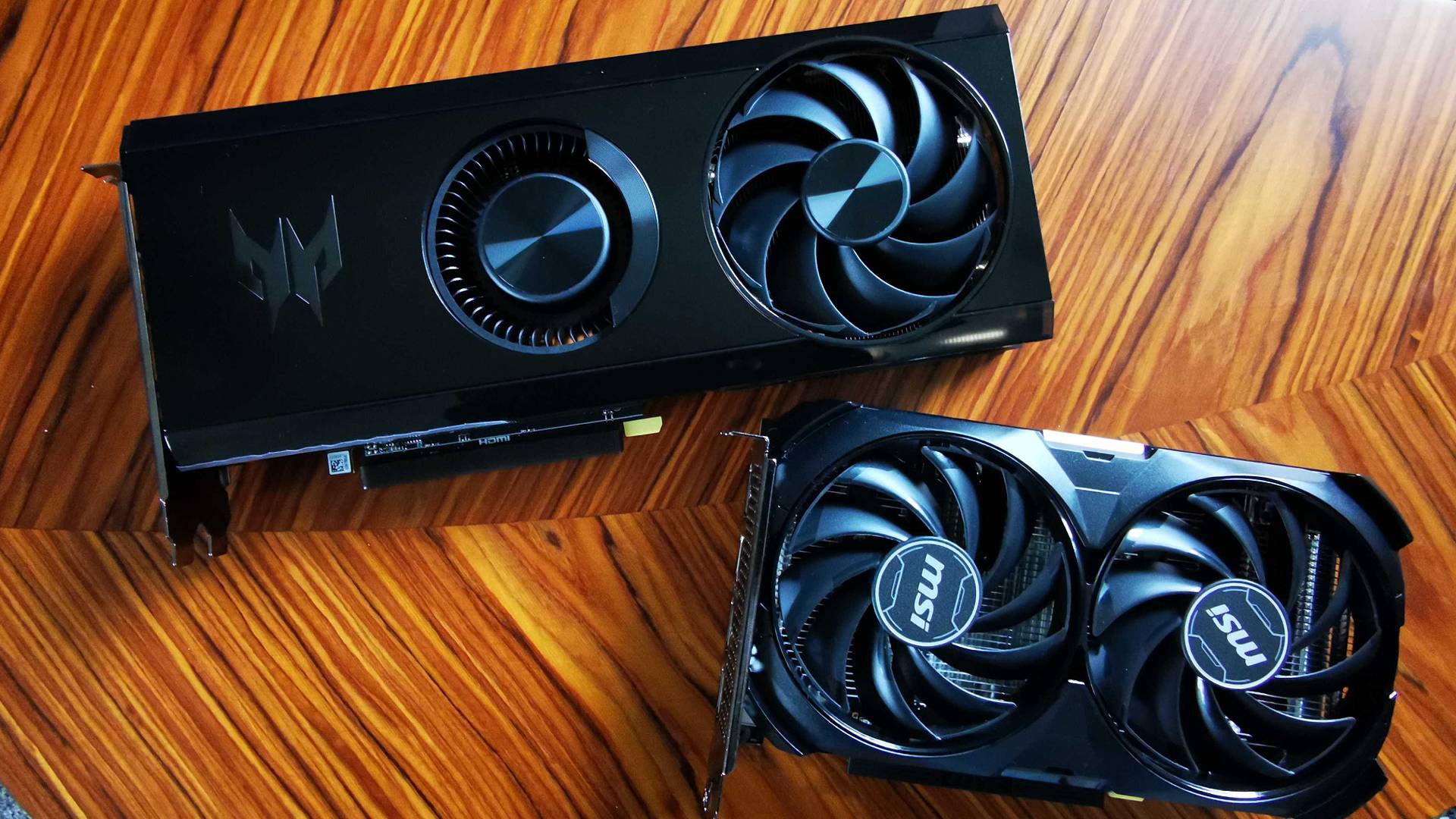
For years, the GPU scene has boiled down to Nvidia vs AMD graphics cards. After all, both companies are the main players when it comes to gaming components, and each has something slightly different to offer PCs of all prices. While enthusiasts might always opt for the green team's parts thanks to features like AI upscaling, team red puts up a hell of a fight in terms of value. Ultimately, neither company completely prevails on all fronts, but there ways to decide which card should take up residence in your rig.
Now feels like the perfect time to bring up the Nvidia vs AMD debate. I mean, chances are that you'll be choosing between one or the other, whether you're eyeing up the best graphics cards that have only just hit the market, or older models with deeper discounts. That said, the GPU scene is no longer a two horse race, as Intel has branched out into the realm of dedicated graphics with cards like the Arc A770. I'll cover exactly what the tech giant can provide in 2023, but for now, just keep note that alternatives are a thing.
Again, it might sound obvious, but the AMD vs Nvidia GPU decision boils down to your own circumstances. Sure, if we're talking about raw performance, the Nvidia GeForce RTX 4090 is the card you're looking for. Yet, that specific option is going to be out of reach for the majority of PC players out there given that it costs over $1,599, which arguably gives the cheaper AMD Radeon RX 7900 XTX an advantage. Of course, that's only a tiny factor that focuses on premium models, so let's dive in to pros and cons tied to each brand across the pricing board.
Should you buy an Nvidia graphics card?
Why you can trust GamesRadar+
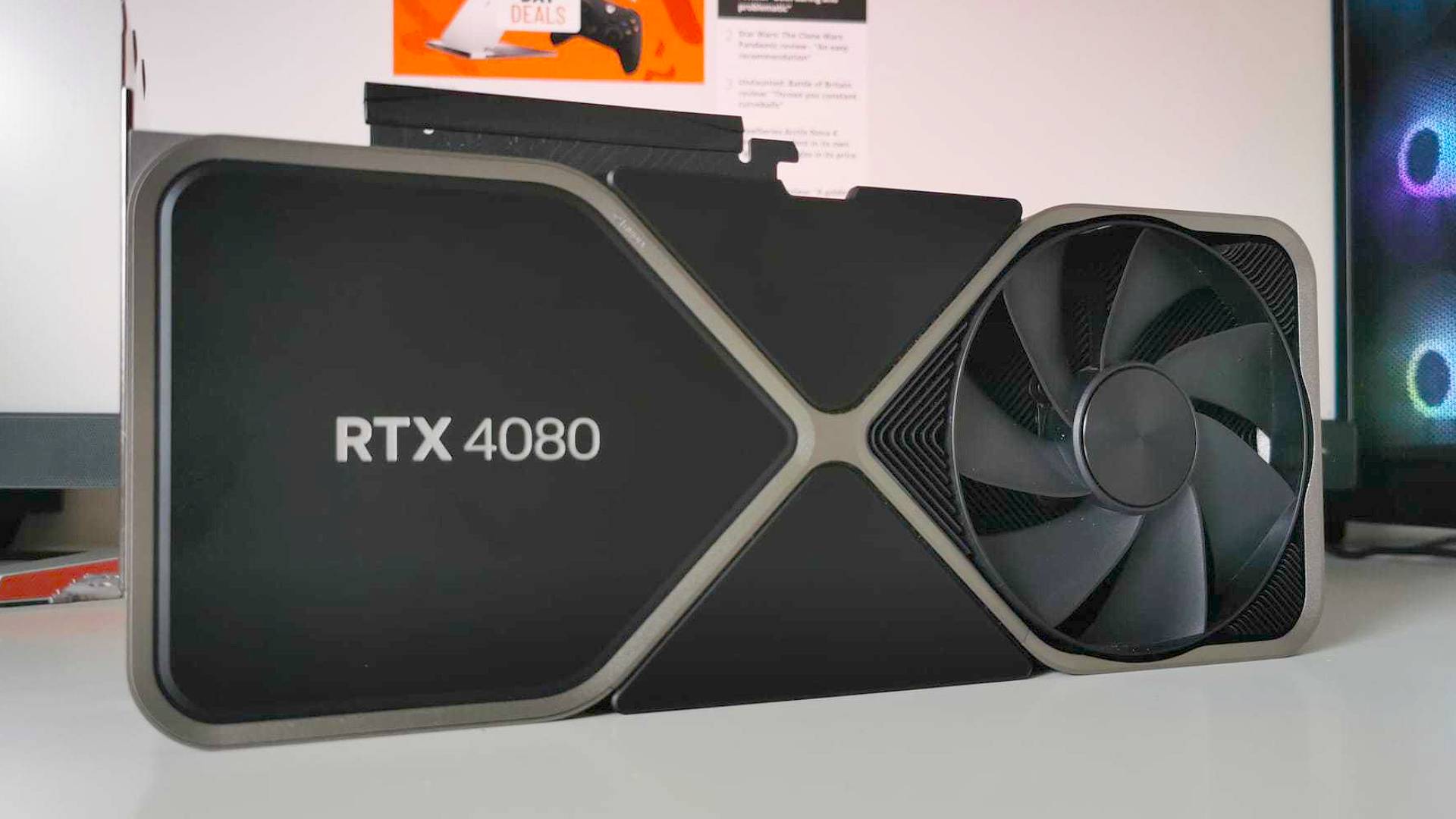
Nvidia caters to the gaming space with its GeForce line of graphics cards, and there are plenty of options out there to choose from. While you'll be looking at RTX 4000 models with a 'Lovelace' GPU within if you're after something shiny and new-gen, retailers and manufactures still have plenty of last-gen RTX 30-series options available.
Not to spark an in-house fight, but 30-series and 40-series cards have a bit of a Nvidia vs Nvidia thing going on. The reason? Well, the latter has access to AI tools that older cards lack, which could drastically affect your ability to boost fps comparatively. You'll still be able to access some of these features if you've got an RTX card, with the likes of AI resolution upscaling and Reflex latency busting tools falling under DLSS 2.5.
However, RTX 4000 GPUs boast newer DLSS 3.5 tricks like Frame Generation, a tool that can double frame rates with almost no caveats. Nvidia also just added Ray Construction into the mix, which is a game changer is you're into stressing out high end PCs with realistic path tracing lighting techniques.
If you're building a ridiculous powerhouse rig, opting for a flagship Nvidia GPU perhaps makes the most sense thanks to those features. That said, the benefits tied to AI enhancements can diminish further down the specs chain, and Ray Reconstruction might not be as viable if you're rocking an entry level Nvidia GeForce RTX 4060. This is where figuring out what you actually need from a GPU is vital, as you could end up paying for quirks you won't get much use out of.
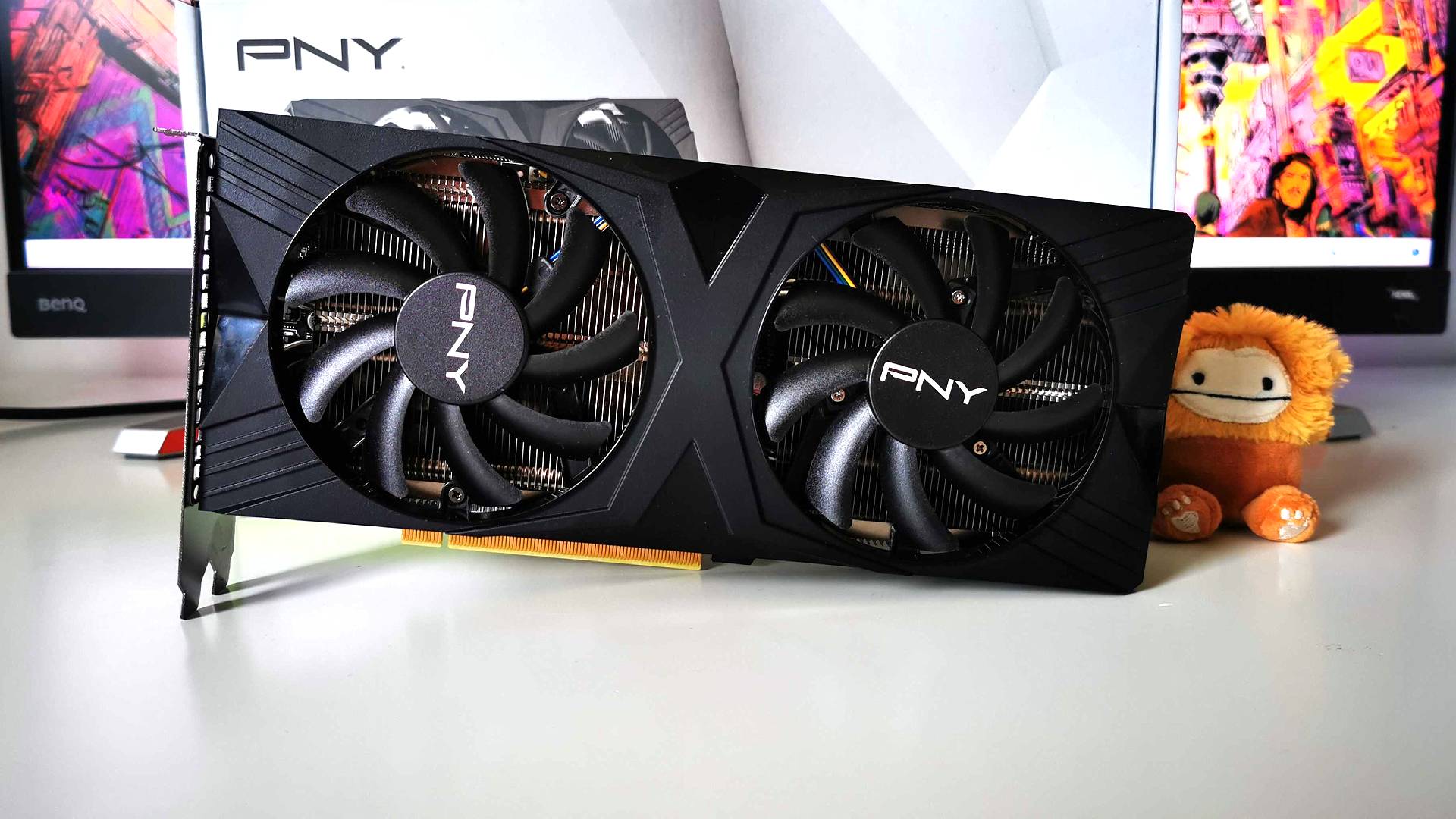
That's not to say lower spec Nvidia GPUs aren't worthwhile in 2024. In fact, you'll find that both the RTX 4060 and older RTX 3060 can outperform their rivals at 1080p for the most part. Admittedly, performance is entirely dependant on the game, but regular driver optimisations tend to arrive via GeForce Experience, so you'll more or less be able to run the latest releases without many hardware hiccups. As always, adjusting your settings to suit your card's VRAM and spec limitations is crucial, and that goes for every option in existence.
On the mid-range side of things, the respectable RTX 4070 offers performance levels that are distinctly different from both the RTX 4060 and RTX 4070 Ti. By different, I mean it feels more like a 70-class card, where as other models seem to feel close to their next in line sibling. At least, that's until you get to the RTX 4080, as there's a pretty large leap between the middle ground and premium 4K contenders.
All that aside, price is going to be the biggest deciding factor when deciding to go with Nvidia or not. The green team's graphics card selection tends to be more expensive. Naturally, custom GPU makers are normally to blame for this, as variants normally come in higher than base MSRP. Nevertheless, you'll still often pay more for an RTX card than an alternative by AMD or Intel, and while GeForce exclusive features are arguably worth the extra investment, your bank account won't care much for that.
Should you buy an AMD graphics card?
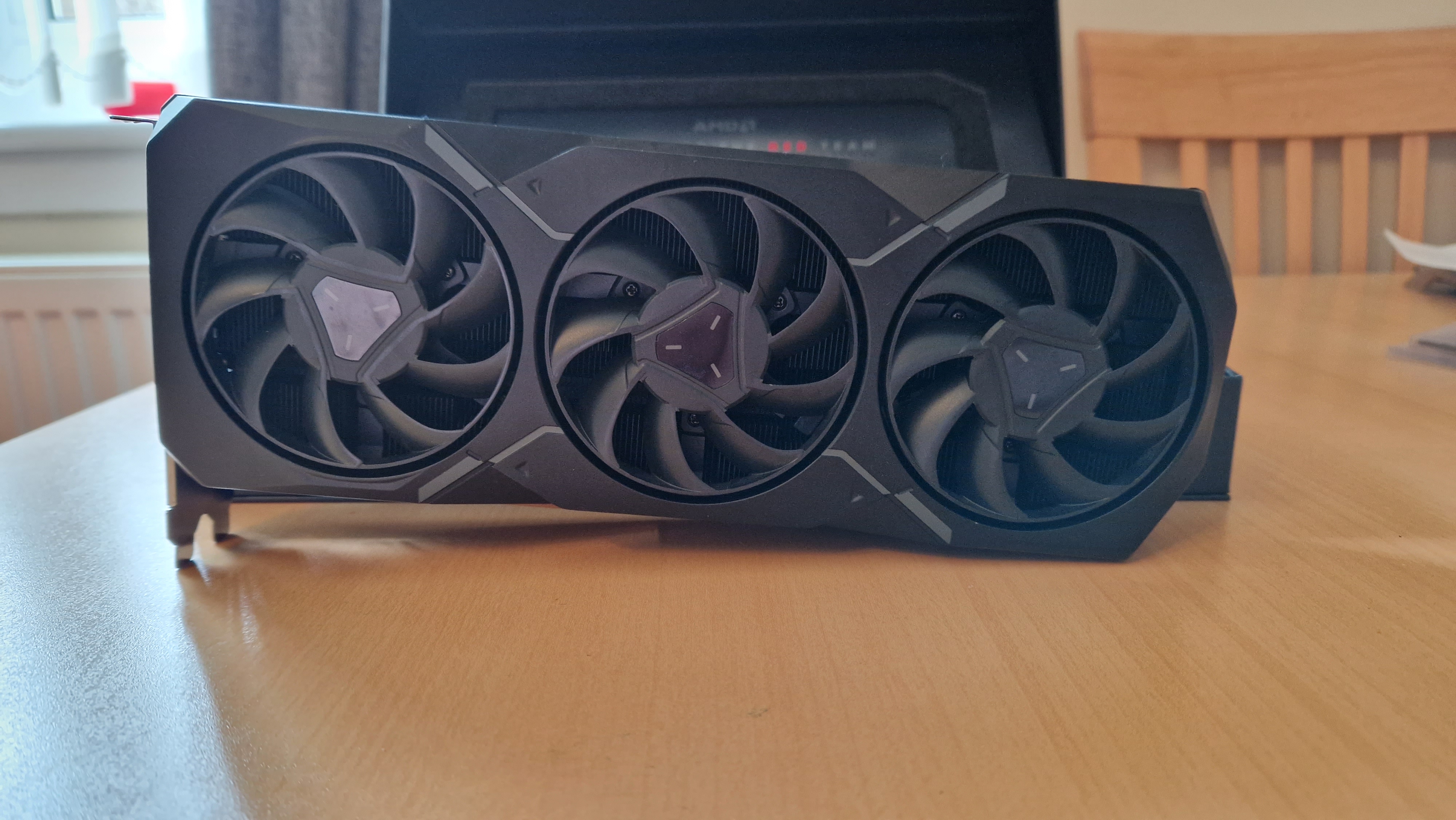
I don't want to upset any AMD fans, but team red isn't using performance to combat Nvidia this generation. Instead, it appears to be trying to strike more of a balance between price and specs, even if that means missing out on the 'most powerful' title for now. You could say it didn't try and combat the might of the RTX 4090 in the first place, instead choosing to focus taking down the RTX 4080 and RTX 4070 Ti.
If you're not the type of person who pays more attention to an fps counter during gameplay than the game itself, AMD's arsenal of GPUs will likely fulfil your needs and then some. While it arrived late to the party, AMD FSR 3 is now a thing, and the latest version of FidelityFX Super Resolution comes with 'Fluid Motion Frames' abilities that can fill in fps gaps just like Frame Generation. Better still, unlike the Nvidia tool, AMD's alternative is driver-based, so it'll work across any game rather than a selection of compatible releases.
The catch? AMD says Fluid Motion Frames is only recommended for single player games, as it introduces increased latency. Enabling HYPR-RX and Radeon Anti-Lag will help combat this, but it feels like it isn't quite as effective as Frame Generation paired with Nvidia Reflex. Therefore, if you're the kind of competitive player that wants to both play at high resolutions and elevated frame rates, this approach might not be for you.
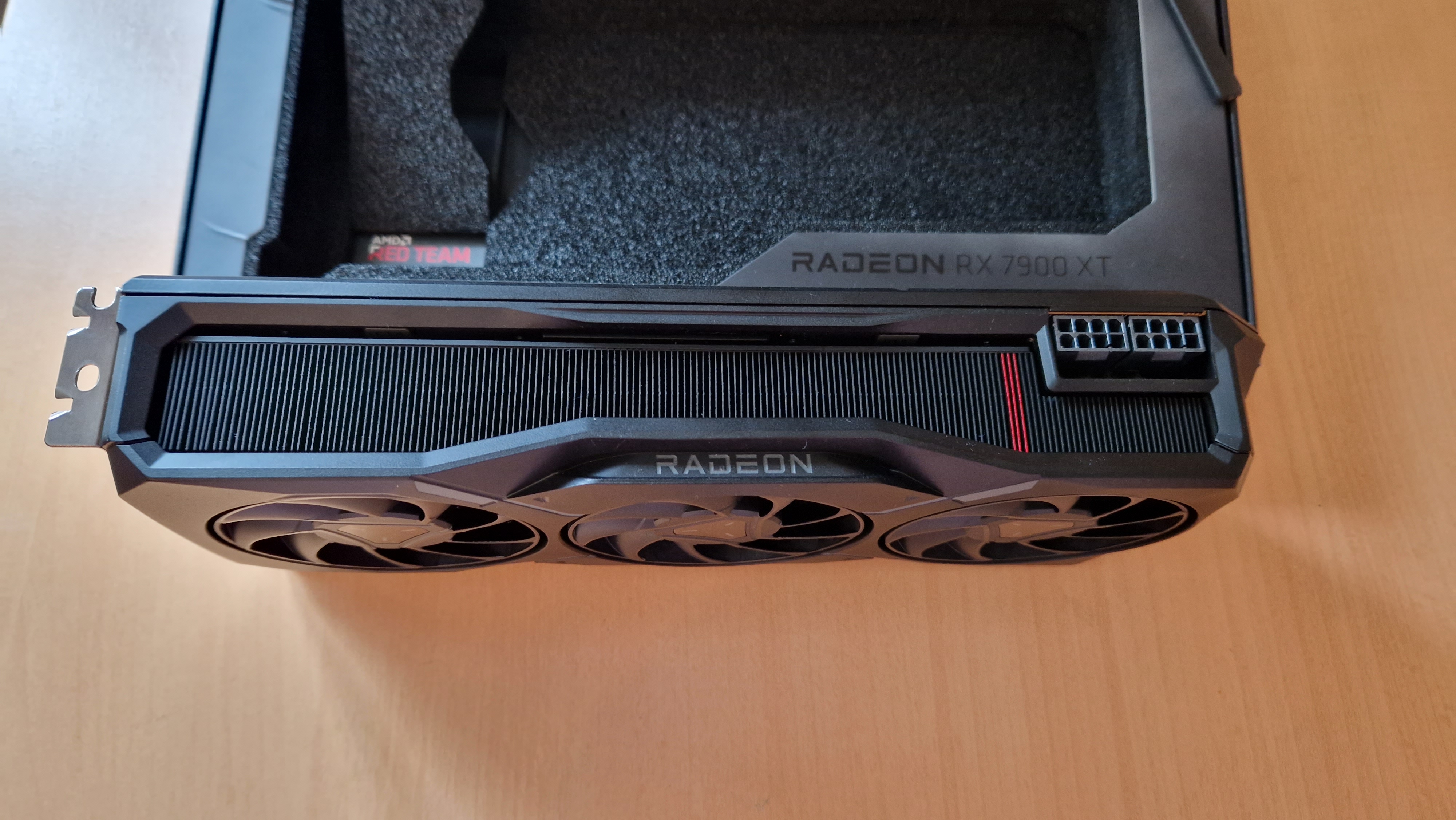
As for models, a hearty selection of RX 6000 and RX 7000 GPUs are available at most retailers, with classes targeting a wider selection of specs and price points. For the most part, sticking with RDNA 3 makes the most sense, as AMD's new-gen prices are often cheaper than old gen, with the new entry-level Radeon RX 7600 coming in at just $249.
At the mid and top end of the AMD totem pole, we've got the Radeon RX 7900 XT/XTX, RX 7800, and RX 7700, and all options are pretty competitive price wise. Each model is also pretty deliberately designed to target a specific resolution, and you'll have more to typically play with in terms of VRAM. For whatever reason, Nvidia decided to kit its mid-range contenders out with 12GB rather than 16GB, meaning Radeon cards have a bit more of a buffer against glutenous new games that'll munch through memory at higher resolutions.
Should you buy an Intel graphics card?

Intel crash landed in GPU land last year, and kickstarting its new venture went anything but smooth. Not only did it take a good few months for any Arc graphics cards to actually arrive, but driver optimisation issues plagued performance at launch. Yet, against all odds, Intel managed to overcome those issues, and the company's cards are now what we'd consider some of the best value entry-level options in 2023.
Just to clarify, Intel doesn't have a champion that could even think about taking down the RTX 4090. In fact, the Arc A770 would really only stand a chance against other entry-level GPUs, and it's probably closer the RTX 3060 than anything new gen. However, that's not actually a bad thing, as it means we've got a pretty good alternative to the aging Ampere card that comes armed with 16GB VRAM and driver support that has been continually boosting the GPU's abilities over the course of the year.
The thing that's going to matter most is starting MSRP, and Intel has an edge against both Nvidia and AMD. Arc A770 prices start at $249 for the 8GB model, so additional discounts could place a ridiculous gap in between new gen cards. Same goes for the cheaper A750, with both serving as options with decent 1080p and 1440p specs that may drift below the $200 mark. If that happens, the blue team should dominate the entry level side of things this November, as near $100 of a difference is too good for low end PC players to pass up.
Nvidia vs AMD: which is best?
Ultimately, if you're looking for cutting edge performance regardless of the cost, Nvidia has you covered with the RTX 4090. Otherwise, we'd say you're more likely to strike a balance between specs and price opting for an AMD graphics card. We still think there isn't a definitive answer to this question, as each GPU will offer specific players something different.
Before you go, if you're eager to wait for next-gen components, you'll want to take a peek at everything we know about the Nvidia GeForce RTX 5090, as the green team's new tech will likely emerge in 2025.
Weekly digests, tales from the communities you love, and more

Phil is the Hardware Editor at GamesRadar and joined the team in 2023. In the past, they've also contributed to the likes of TechRadar, The Daily Star, the BBC, and PCGamesN, but these days, they specialize in testing the latest gaming handhelds, monitors, TVs, and PC components. They're also extremely nerdy about retro consoles and playing the classics on both new and old systems.


